A tabletop version of a huge X-ray facility
What if your research requires a huge international facility, which is far away and has limited availability? Moniek Tromp has built a tabletop version that allows her to take a large part of the measurements on new batteries in her own lab.
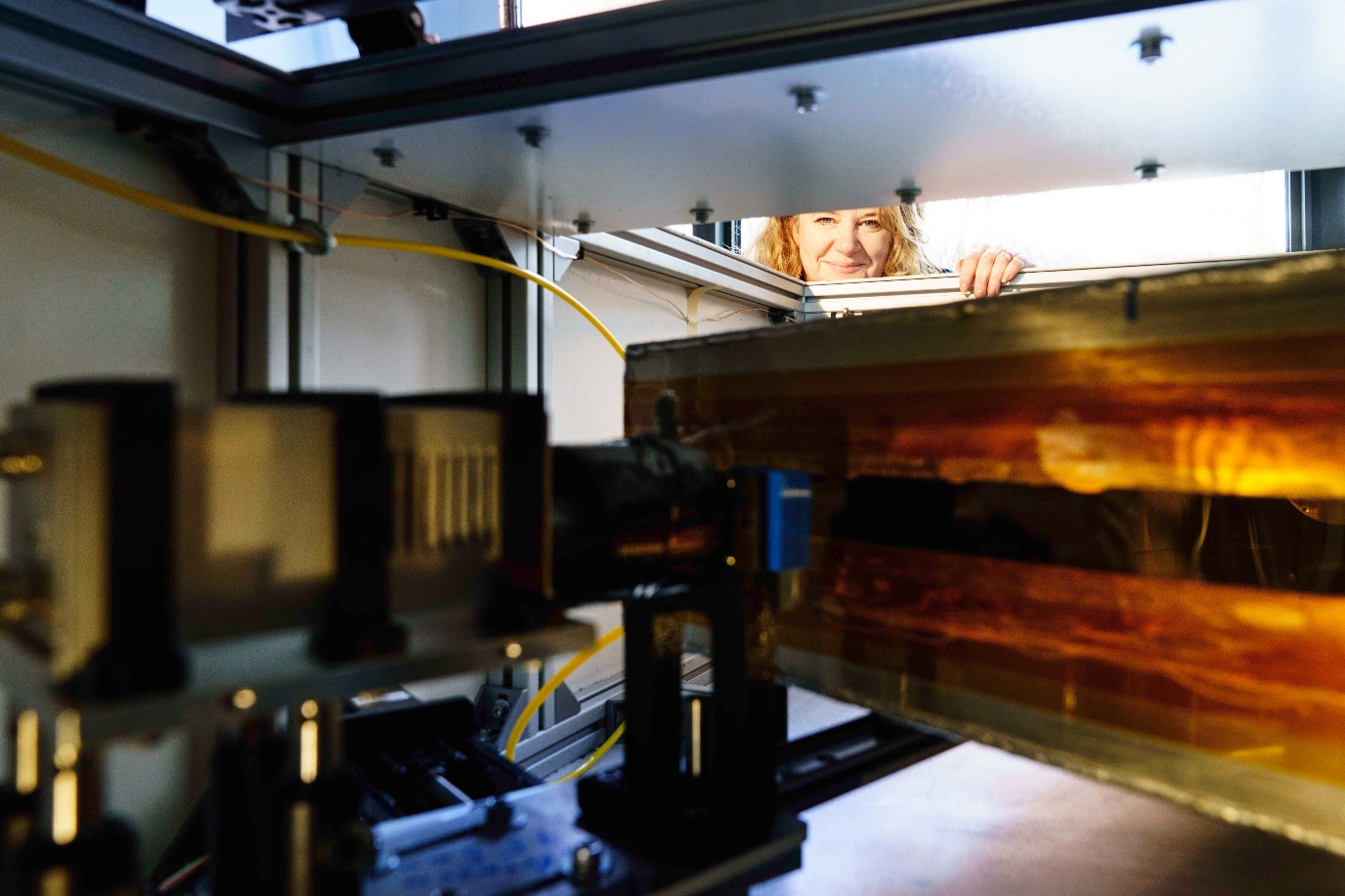
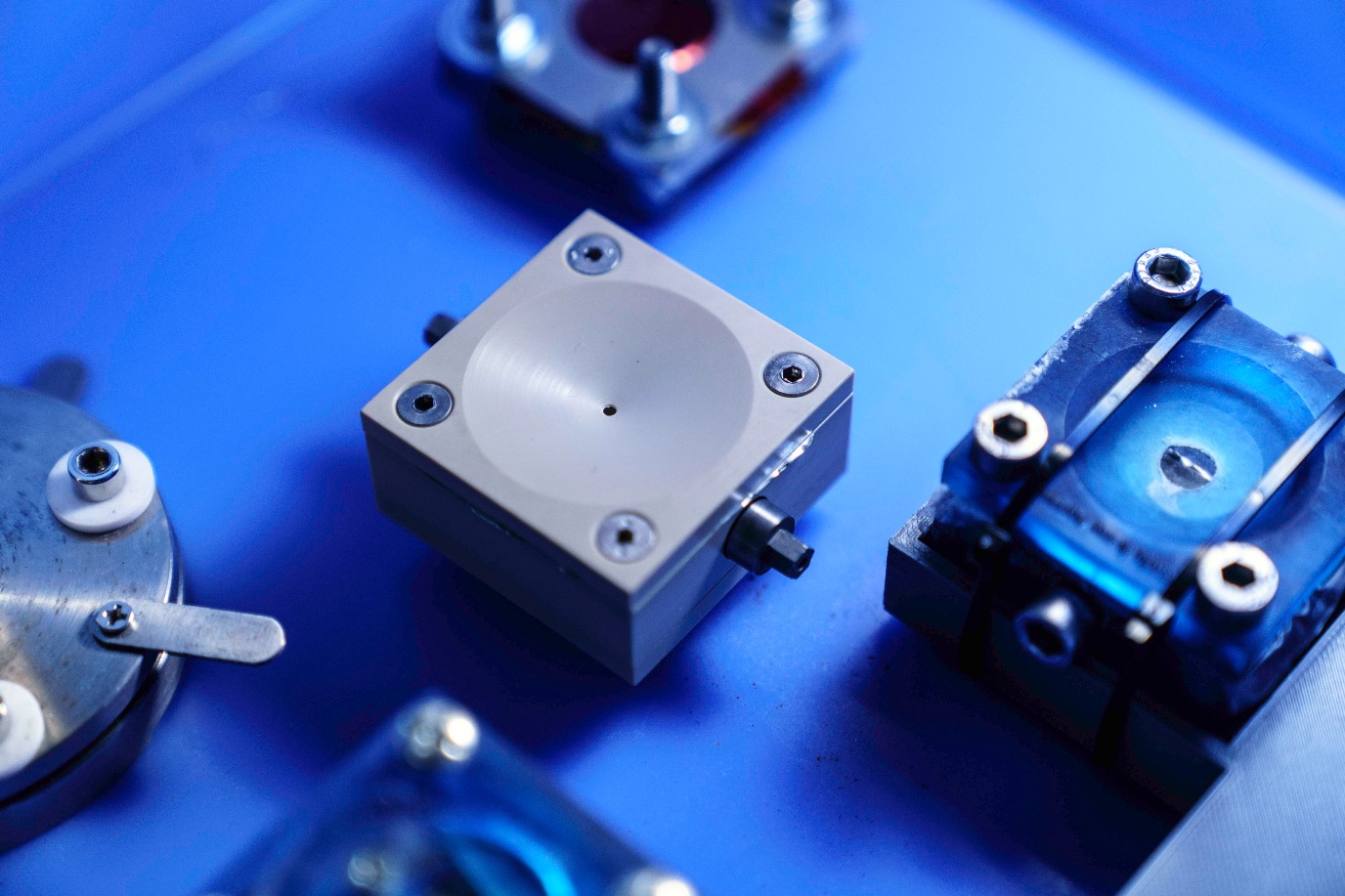
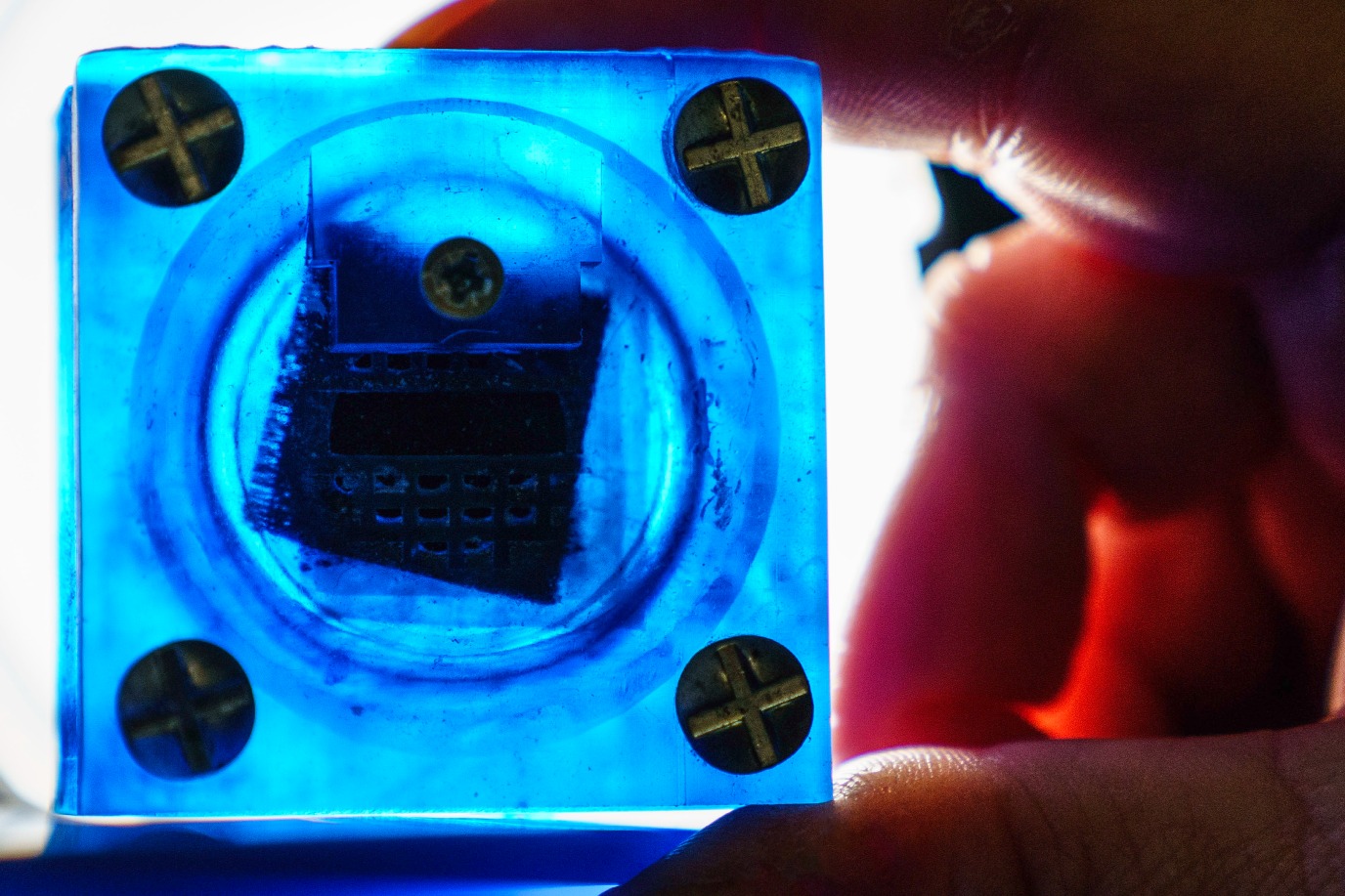
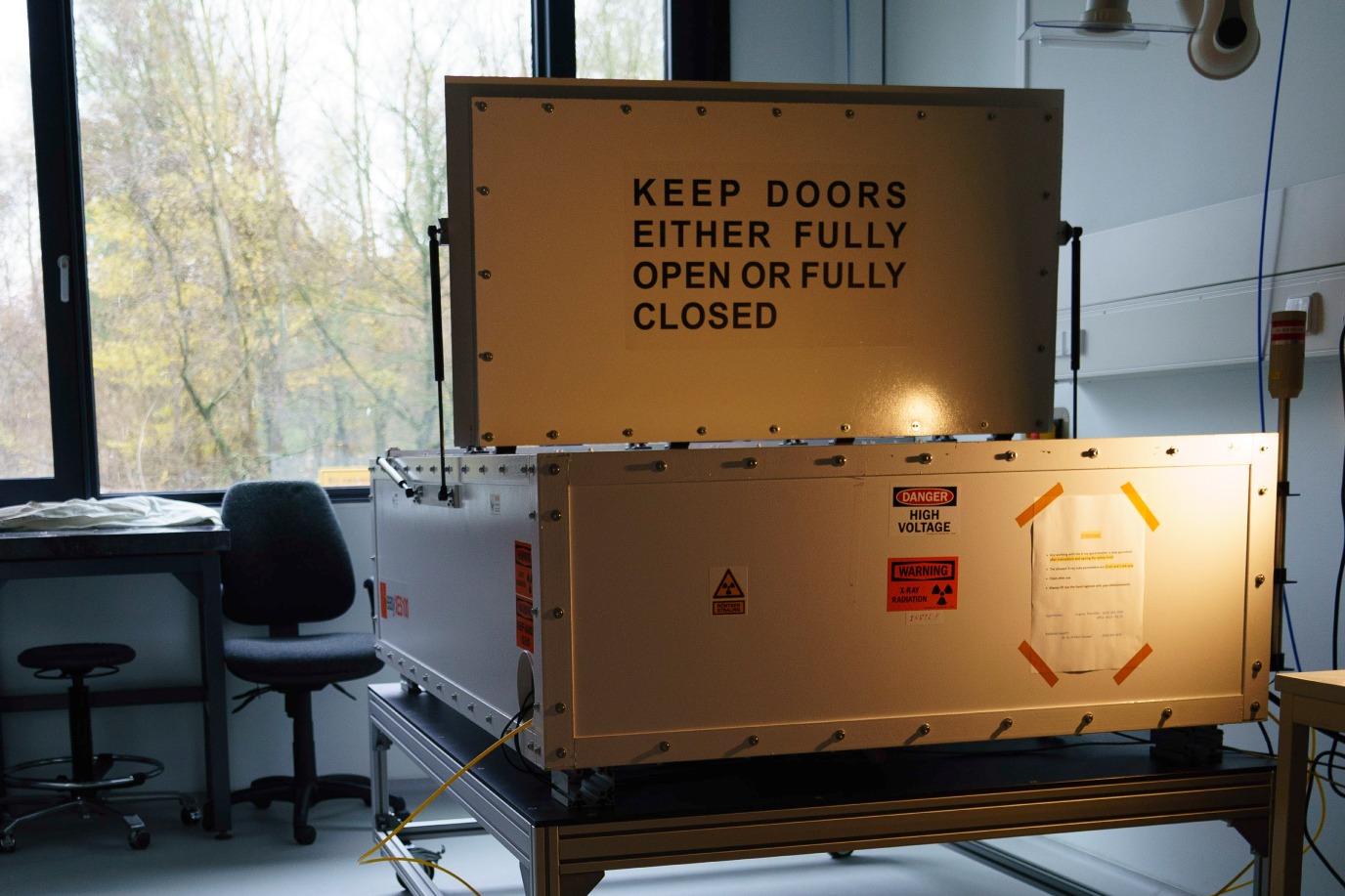
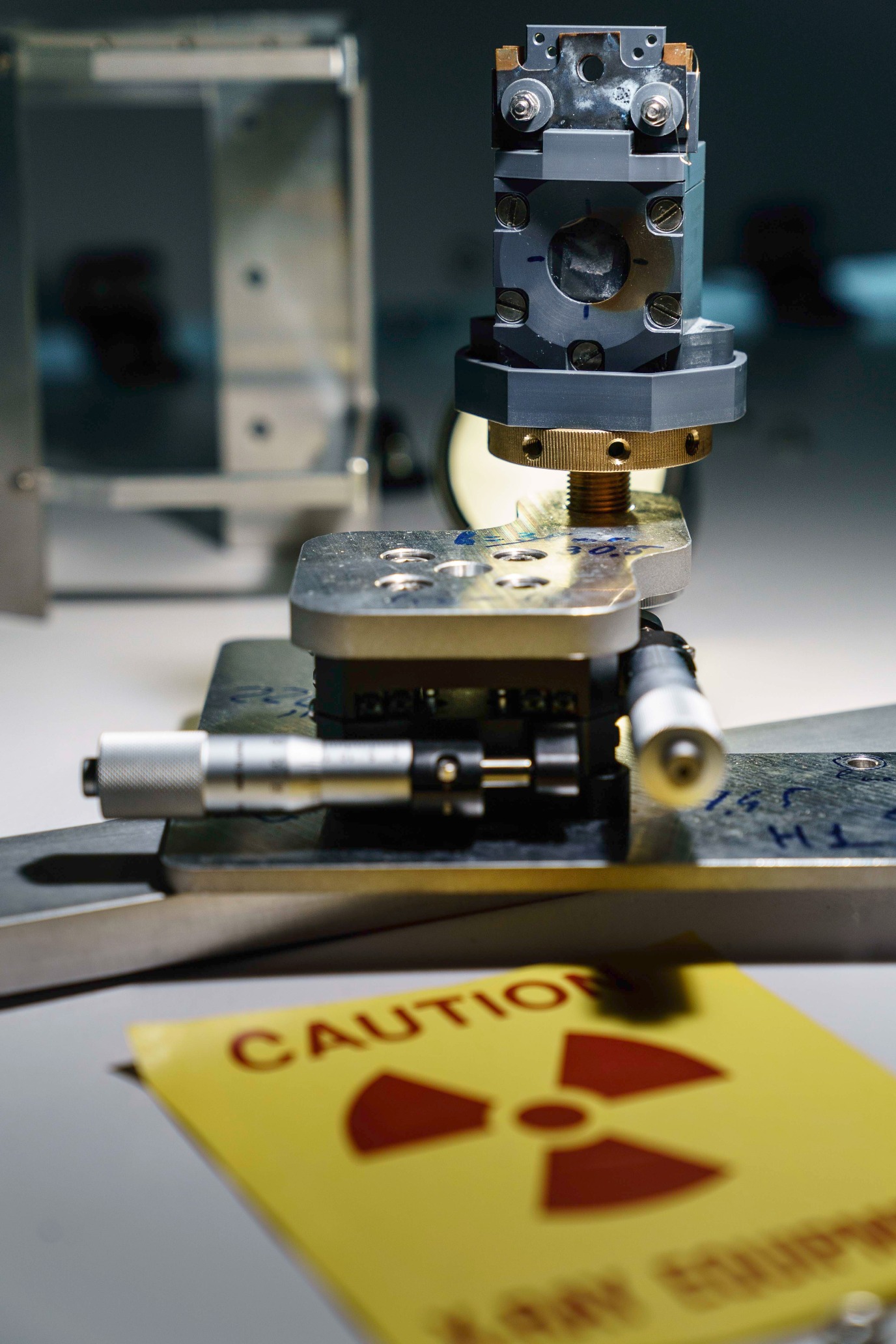
Tromp designs and builds the batteries of the future. These are needed to store green energy from intermittent energy sources such as the sun or the wind—a vital part of our sustainable future. ‘However, current batteries don’t last long enough, mainly due to atomic-level processes occurring within the electrodes.’
In order to find out what happens inside a battery during charge and discharge cycles, Tromp observes the atoms inside, by using a technique called spectroscopy. When light interacts with the atoms inside a sample, specific wavelengths are absorbed or reflected. This results in a kind of fingerprint that allows researchers to identify atoms and gather information about their environment. In her research, Tromp uses X-rays instead of visible light. ‘The highest quality measurements can be taken in large facilities called synchrotrons, for example those in Grenoble, Hamburg, or the US.’
These synchrotrons provide high-resolution images, both in terms of time and space: ‘You can see how the materials in batteries change their structure and electronics, and how different atoms and molecules move through the battery when it is charged or discharged.’ However, working in a facility far from her own lab is complicated, so she decided to design her own tabletop version. It is less accurate, but most of the time it is good enough.
The square box—about 1.5 metres in diameter—now sits on the ground floor of the new Feringa Building. Having this facility next to her own lab speeds up the research on the sustainable batteries of the future. ‘We can do experiments, for example, change the internal dimensions, and then immediately check the result. ’ Then there was another, unforeseen advantage of her tabletop spectroscope: ‘During the coronavirus lockdowns, this device allowed me to continue working as usual.’
Text: FSE Science Newsroom | René Fransen
Photos: Reyer Boxem
Every two weeks, UG Makers puts the spotlight on a researcher who has created something tangible, ranging from homemade measuring equipment for academic research to small or larger products that can change our daily lives. That is how UG researchers contribute to the solutions for big scientific and societal challenges. Previous portraits of Makers can be found on the overview page.
For decades, engineering teaching and research at the UG has been part of a wide array of strong disciplines, and from a national point of view, our collaboration with the four technical universities is becoming more and more intensive.
More information
More news
-
11 December 2025
Stormy planets and an unexpected atmosphere
-
09 December 2025
University of Groningen Professor at COP30: ‘There is always drama’
